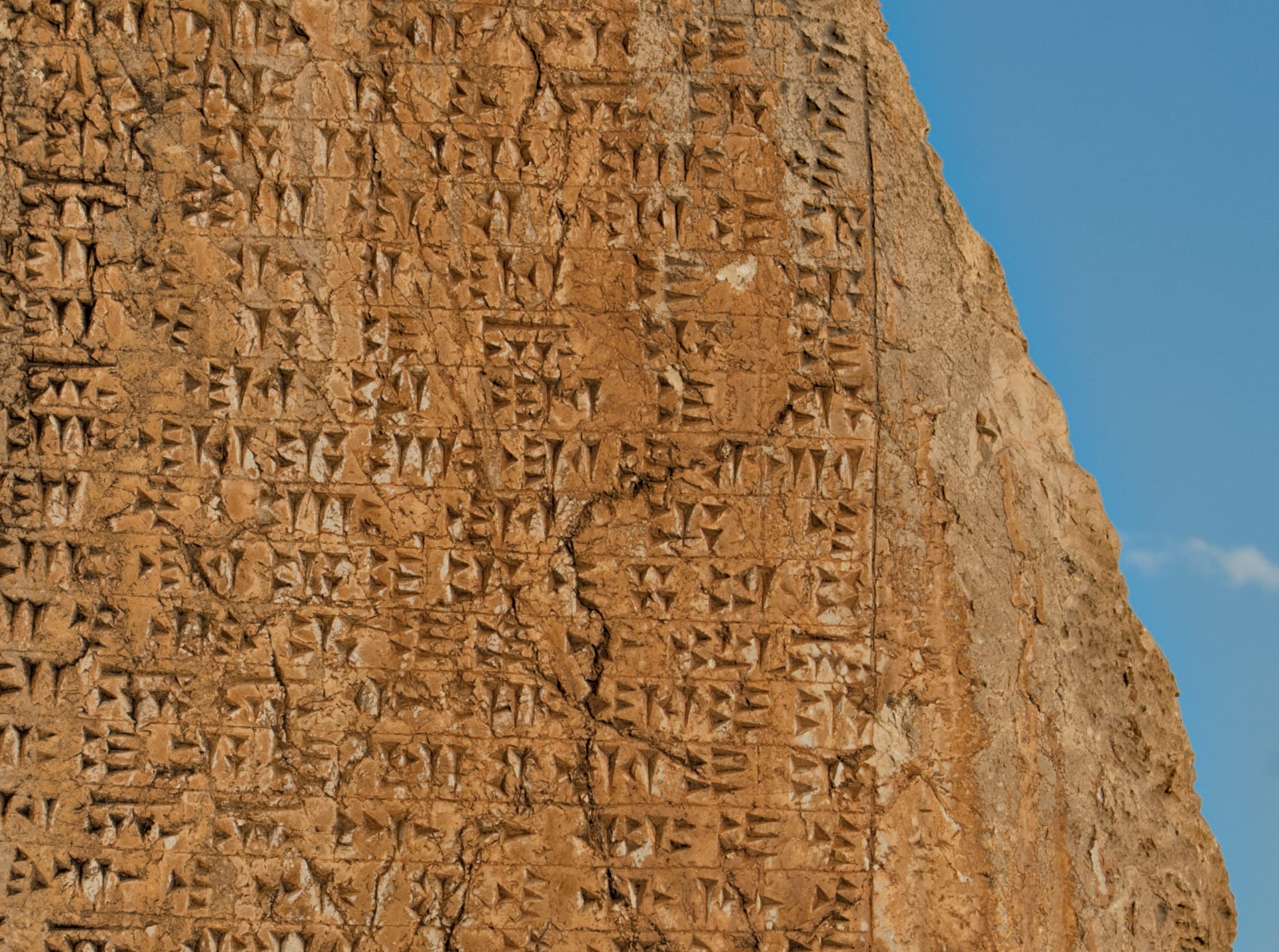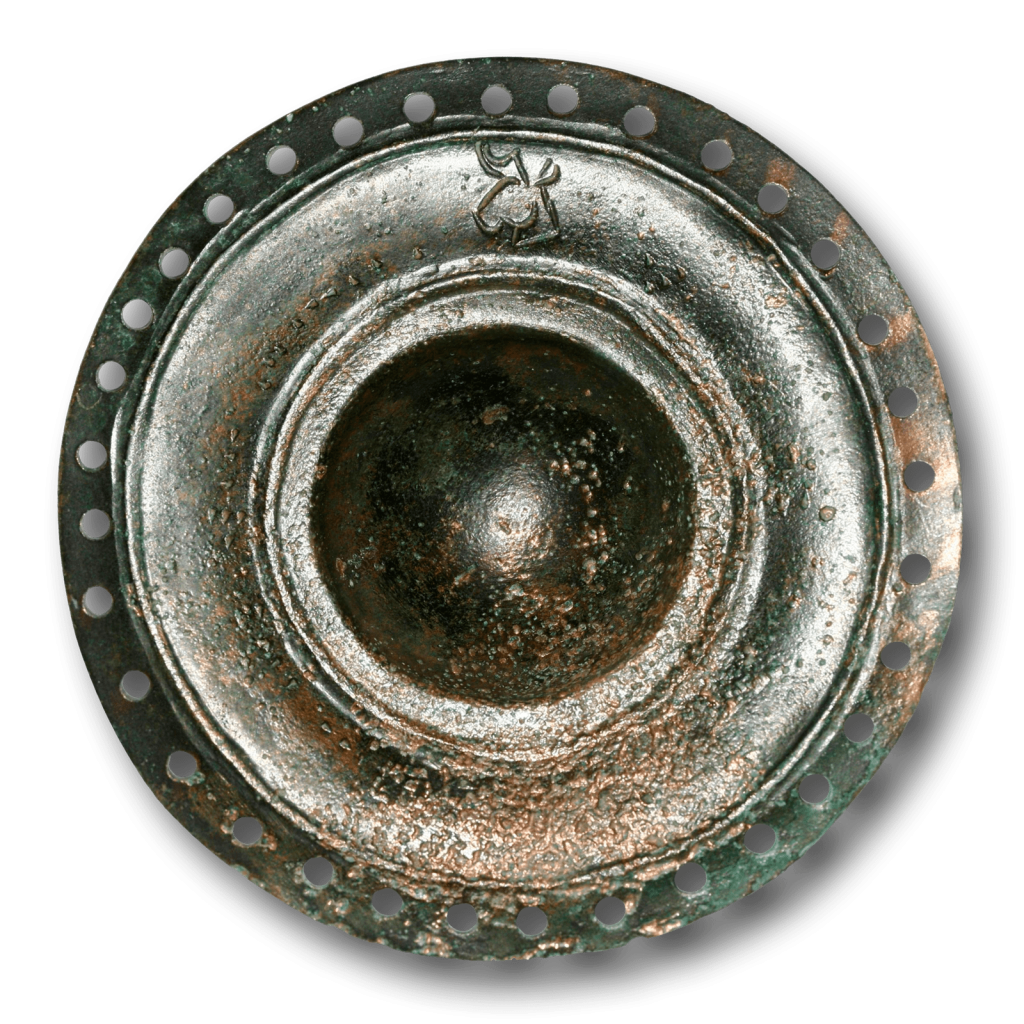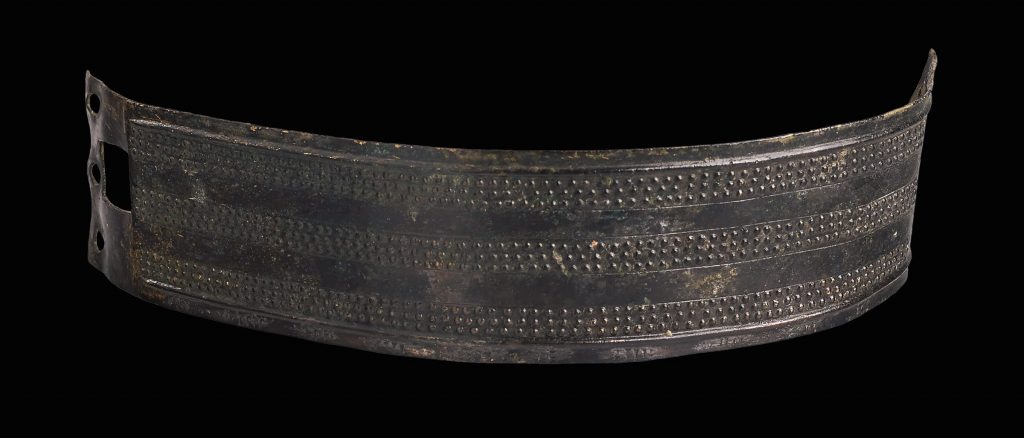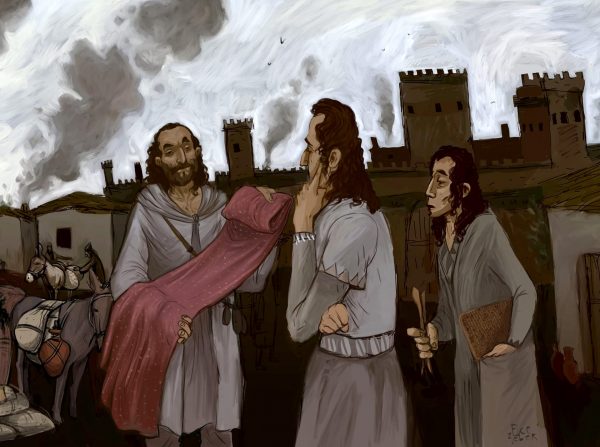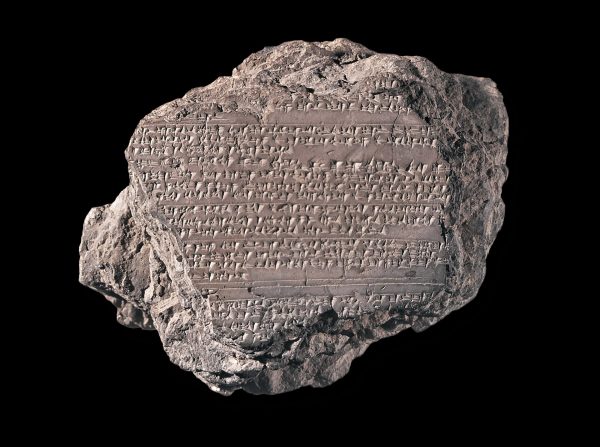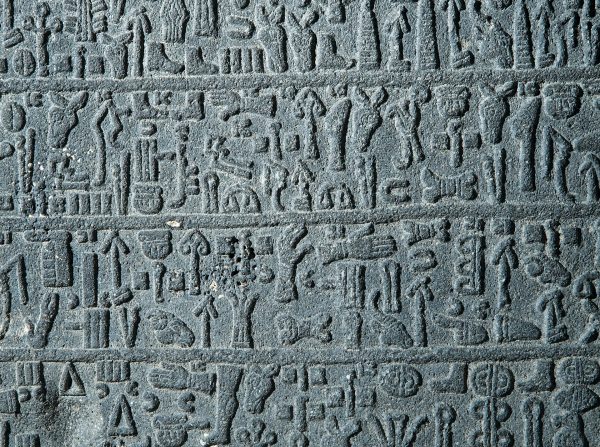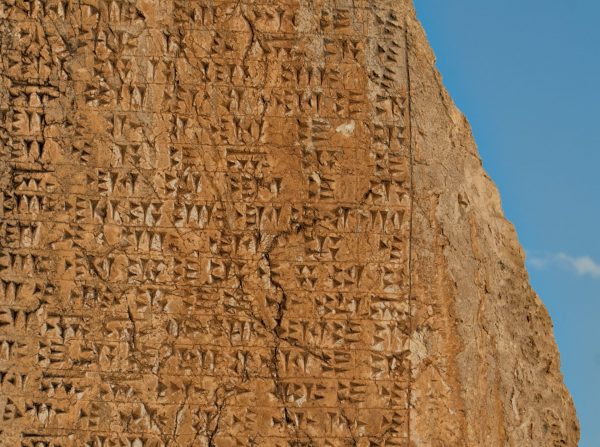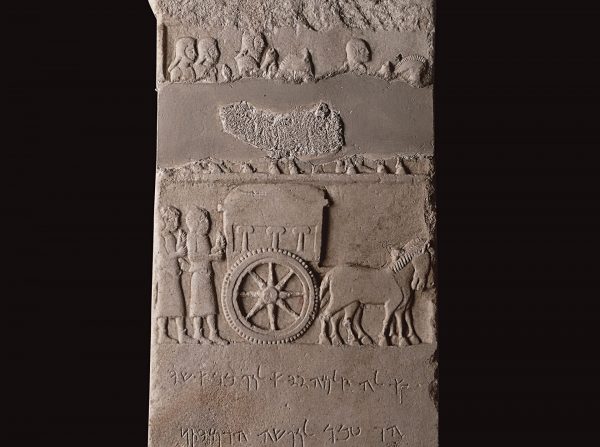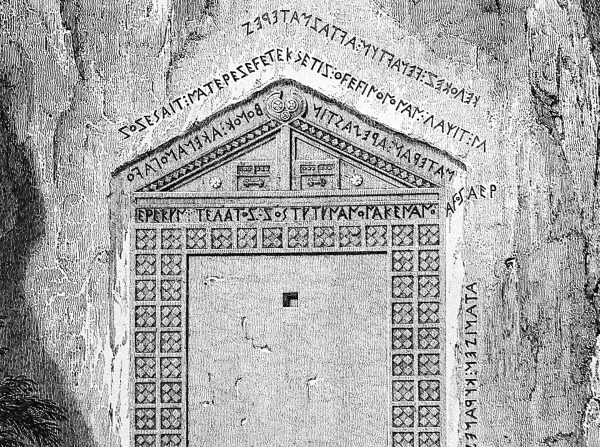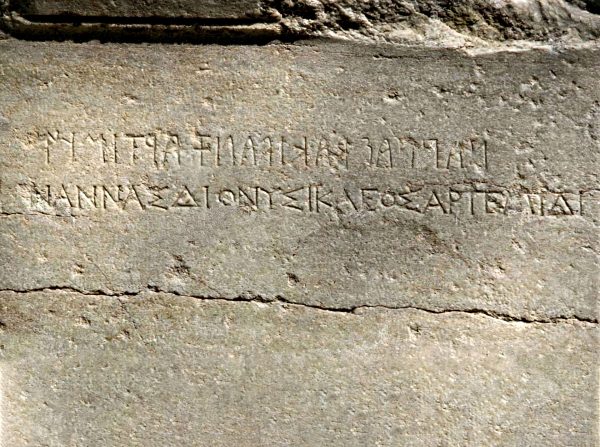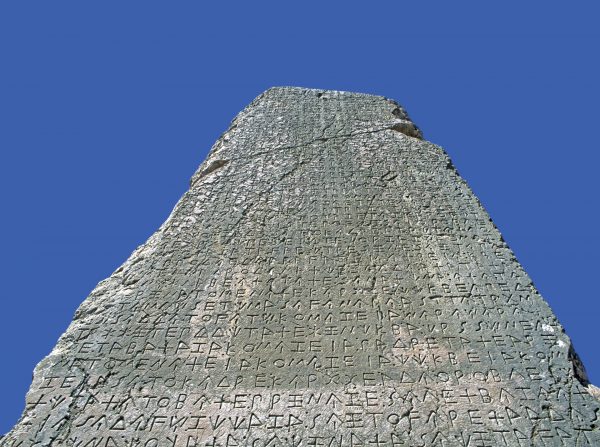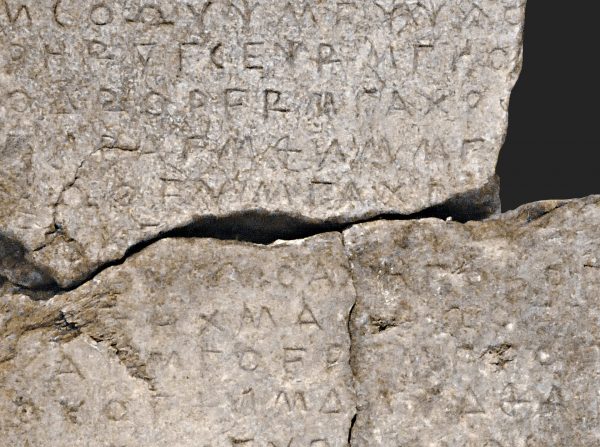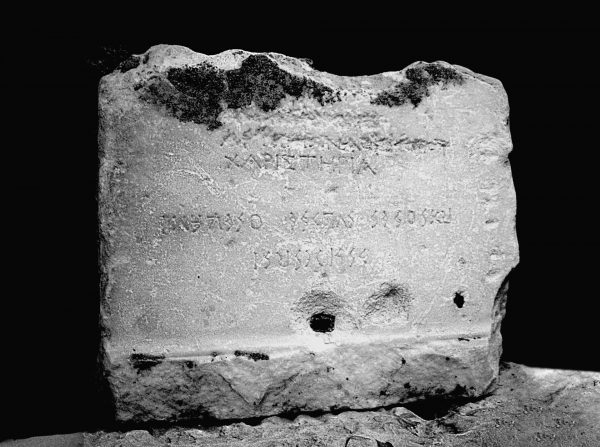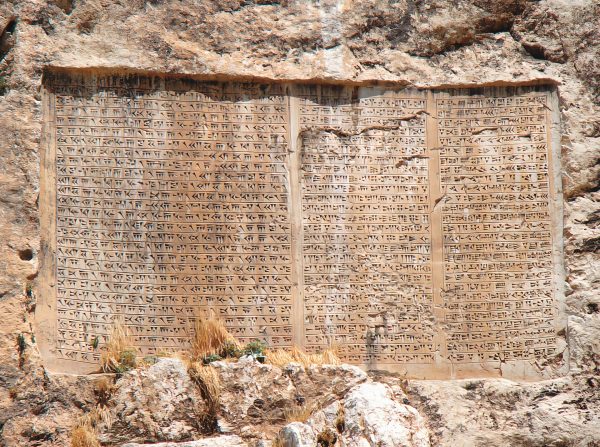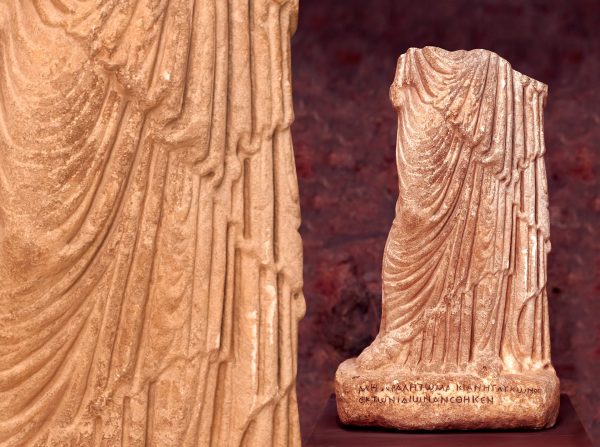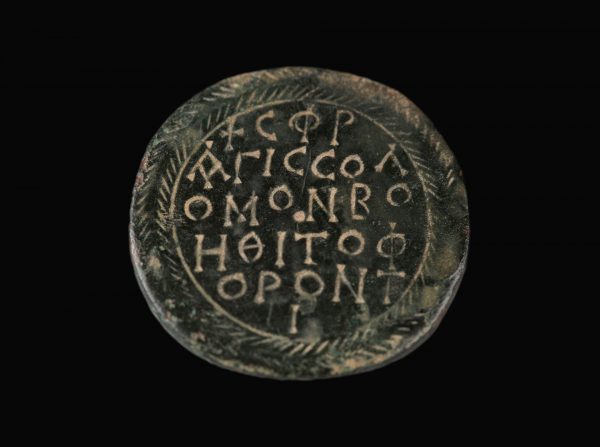From nearly the second half of the 3rd millennium BC until the end of the 2nd millennium BC, Hurrian was spoken across an entire region extending from northeastern Iraq to southeast Anatolia, almost encompassing all of Mesopotamia and north of Syria. The only language related to Hurrian is Urartian, the official language of the Urartu Kingdom in 1st millennium BC. Hurrian and Uruartian are members of a language family known as Hurro-Urartu, which has no genetic ties with any known language group or the Ancient Near Eastern languages. Similar to present-day Turkish and Sumerian in Ancient Near East, Hurrian and Urartian are agglutinative languages.
Using the new Assyrian cuneiform, Urartians left behind nearly 500 inscriptions. The majority of these is comprised of buildings, votive offerings, and annals and have been inscribed on walls, columns, pillars, pedestals, steles, or rocks. A scarce number Urartian tablets comprised of administrative texts have also been discovered.
Although all Urartian documents are written with the New Assyrian cuneiform, there exist a number of short administrative inscriptions written in a kind of script known as “Urartian Hieroglyphics” and still not deciphered to date. The oldest known Urartian inscription tablet is dated approximately to 820 BC, to the reign of King Ishpuni (830-820 BC).

